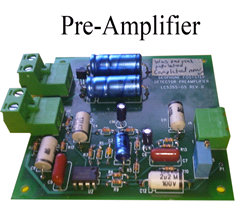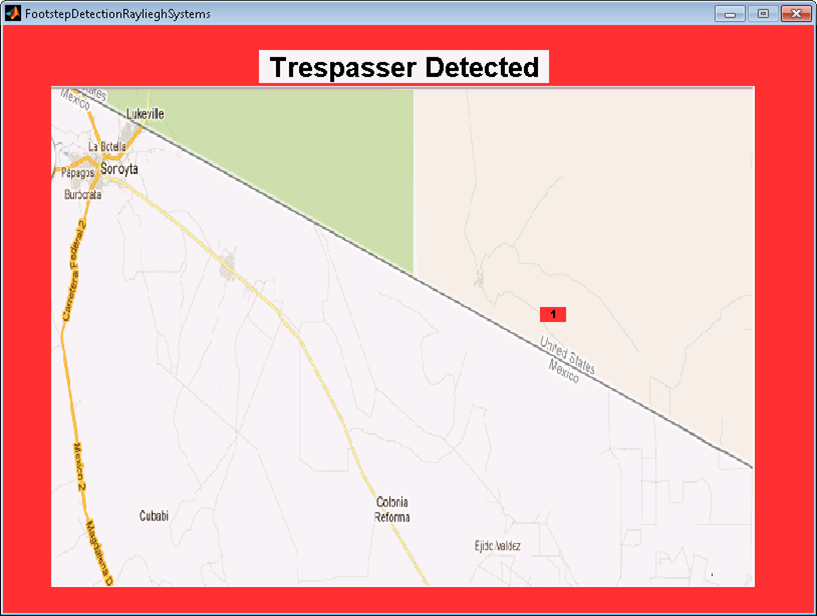Design Process
In order to successfully complete the project, Rayleigh Systems has created a system that is composed of four primary parts: inital processing, data acquisition, footstep detection, and user communication. These portions are described in further detail below.
Initial Processing

During initial processing, the team's primary task was to filter out the unnecessary portion of the frequency spectrum, to only collect the frequencies that correspond to human foot traffic signals. After research into the characteristic of seismic footstep signals, Raleigh Systems designed a band-pass filter to only collect signals in the 7-150 Hz range. Once the team had obtained the signal of interest, the signal was amplified to within a range that was detectable by the Analog to Digital Converter (ADC) of the system's microprocessor that would be used for data acquisition and transmission.
Data Acquisition 
After initial filtering and amplification, Rayliegh systems sought a microprocessor that was able to collect the seismic data, store the data temporarily and transmit the data. To achieve this, the team chose the Texas Instrument's CC430 development board. This board has the capability to collect data from the pre-amplifier through the 12-bit ADC, store the collected data in its flash memory, and transmit that data wirelessly to the home base through the on-board radio module.
Footstep Detection
Once the data has been wirelessly transmitted to the home base, two methods were used in order to determine whether the signal is in fact representation of human foot traffic. The methods employed are kurtosis calculation and cadence analysis. Kurtosis is a measure of the spread and peakedness of the signal. This kurtosis value can be used to distinguish a periodic seismic signal from random background noise. Kurtosis alone, however, cannot make a certain decision whether or not a signal is human foot traffic or perhaps a seismic signal from a passing vehicle or other seismic signal source. Cadence analysis can be used for determining the cadence of the signal. This cadence can be used to discern human foot traffic signals from other seismic activity.
User Communication

Once the signal has been analyzed and categorized as human foot traffic or not, the results are communicated to the user through a graphical user interface. When the background and geophone location indicator are green, there has been no alert and there is no human foot traffic present. If the background and geophone location indicator are red, an alert has been triggered and there is human foot traffic in the region of the sensor unit indicated on the map. In addition to the color-coded alerts, the message "No Alert" or "Trespasser Detected" is accompanied for easy use by the non-technical user.


